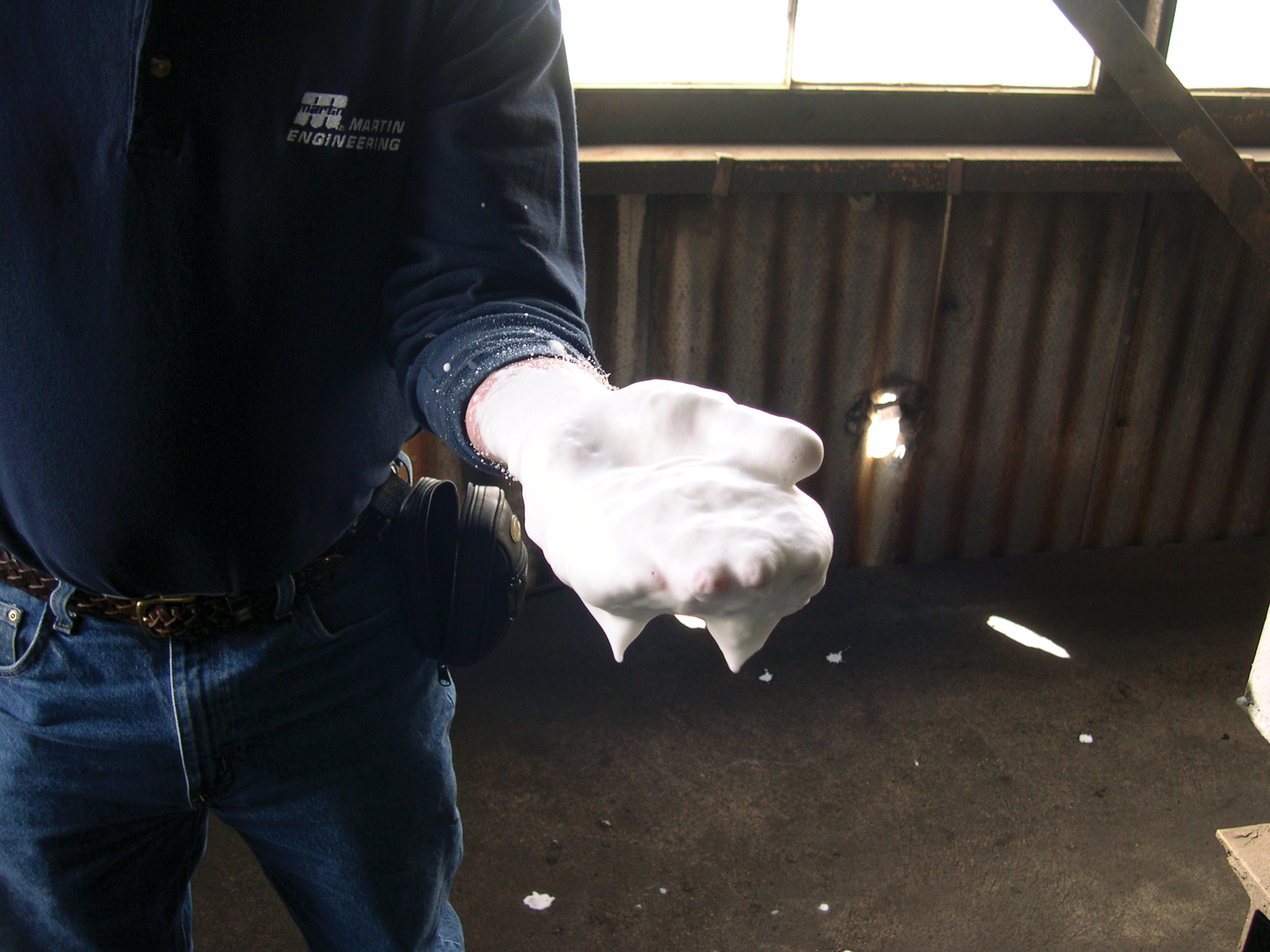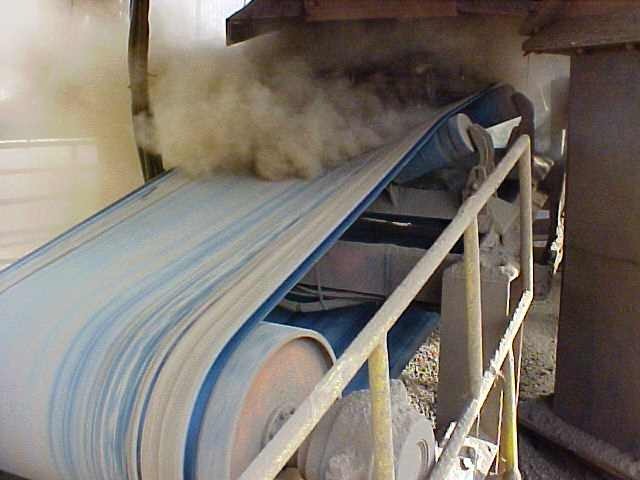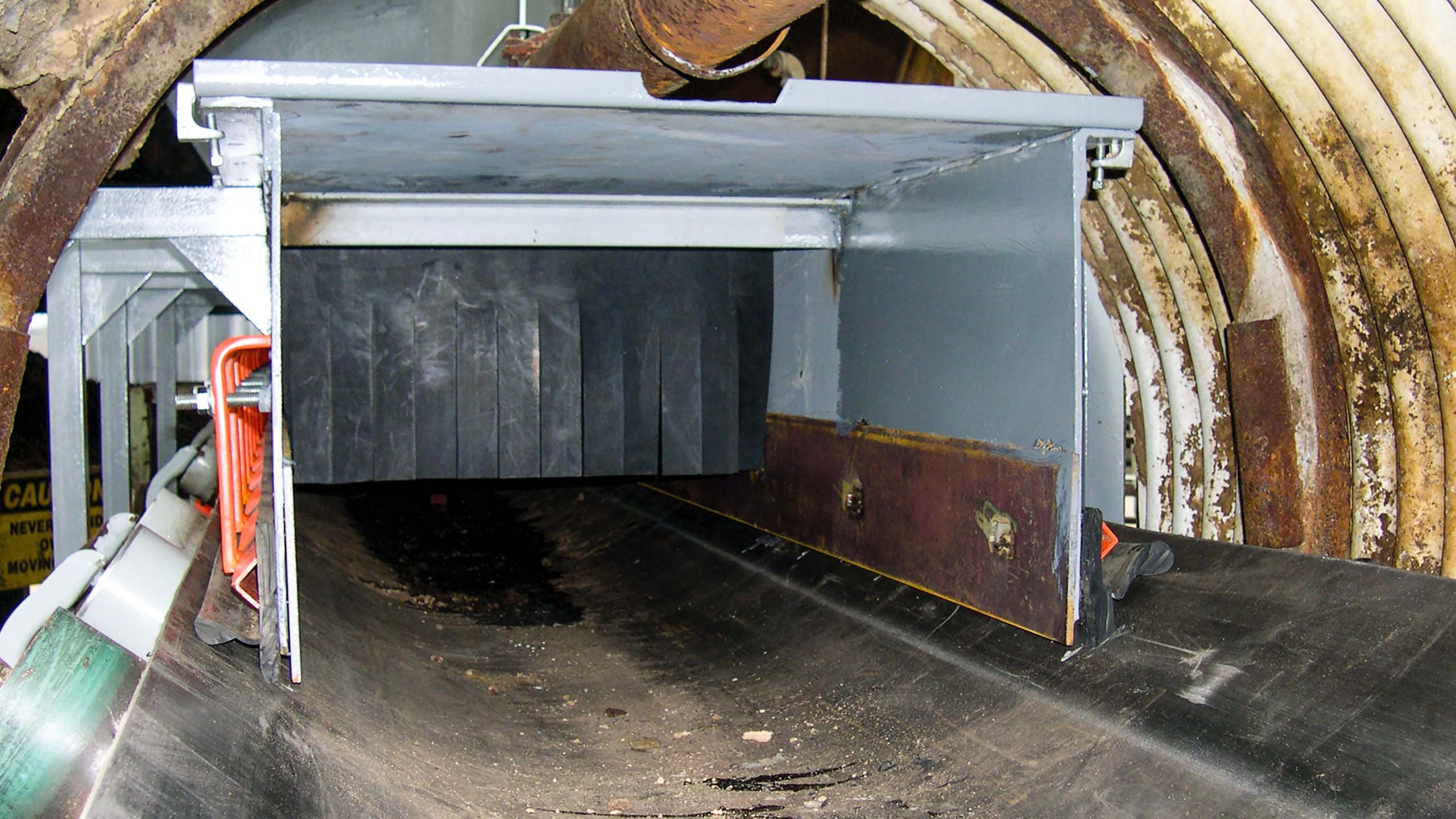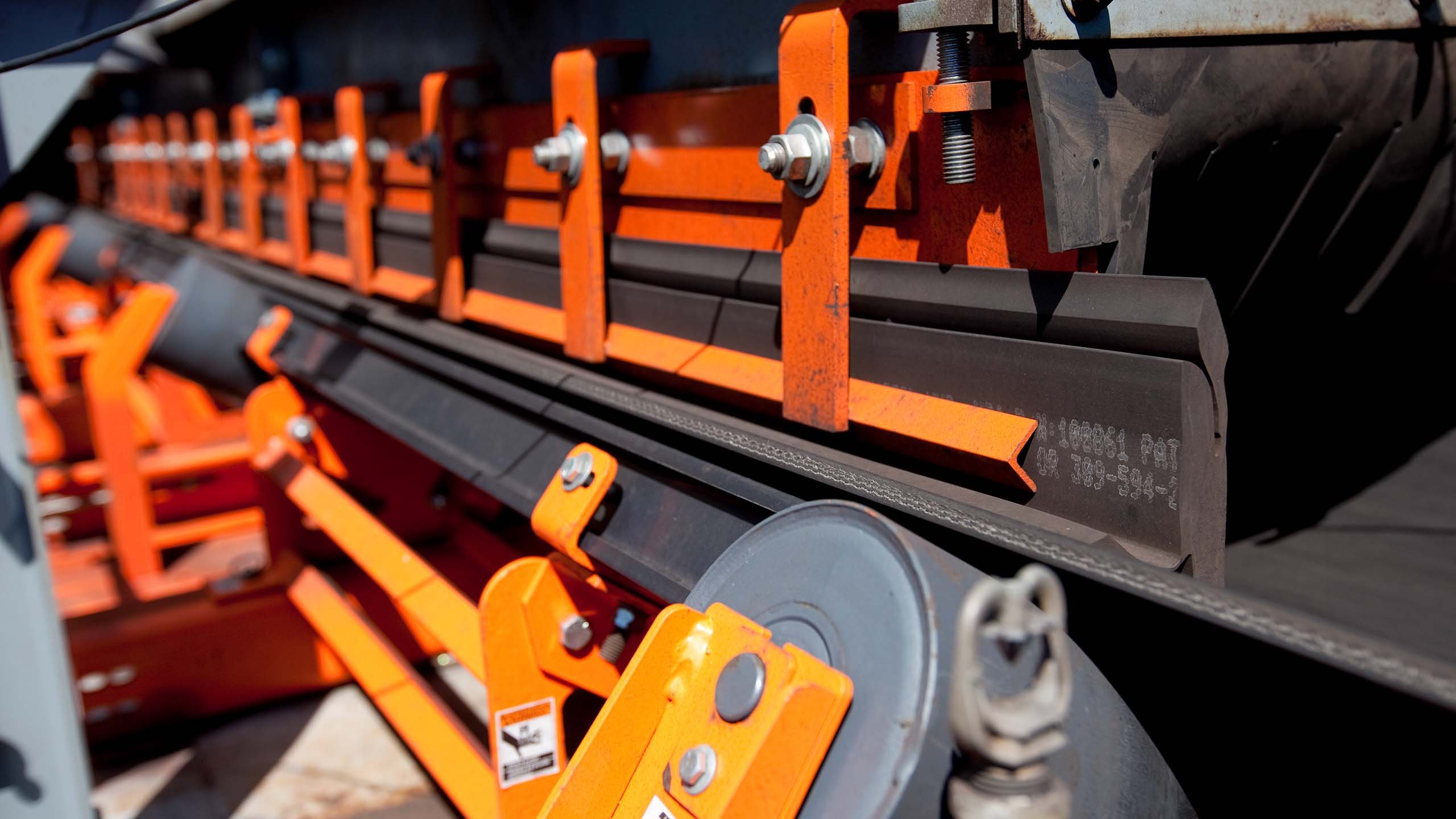Foam Dust Suppression
The use of surfactants with water will improve the likelihood that fines will collide with droplets and that these collisions will result in suppression of the dust. It stands to reason that the objective is to maximize the surface area of available water droplets to make as much contact with dust fines as possible, thus limiting the amount of water needed. To do this, some suppliers offer dust suppression systems that create chemical foam. As the moisture is in the form of foam, its surface area is greatly increased, improving the chance for contact between dust and water. Some foam bubbles attract and hold dust particles together through agglomeration. Other bubbles burst on contact with dust particles, releasing fine droplets that attach to smaller, more difficult to catch and more hazardous to human health dust particles. With moisture addition of 0.2 percent to 0.4 percent, foam systems add only 2 liters per ton (2 quarts per short ton) of material. At these levels, foam suppression systems typically add less than 10 percent of the moisture that straight water only spray systems apply. Consequently, foam systems are welcomed where water supplies are limited or where excessive water can downgrade material performance, as in coal-fired power plants. In addition, the reduced water means fewer problems with screen clogging and materials adhering to mechanical components and enclosures.
Adding air to the surfactant and water blend and passing this compound through a mixing device creates the foam. Adjustment of the air/water/chemical ratio and other controllable factors allows the application engineer to generate foam ranging from very wet to "shaving cream" dry, in order to create the most efficient foam for each application. Well established foam can expand the surface area of a quantity of water by 60 to 80 times. This allows for effective dust control with lower rates of moisture addition.

The system for the application of foam for dust suppression begins with mixing water with the foam generating chemical. The water and additive are metered together through a proportioning pump, and the resulting mixture is pumped through a flow regulator to feed the system. A second flow regulator controls a supply of compressed air. The water/chemical solution and air arrive via separate hoses at a foaming canister, where they mix to create foam. The foam then travels through hoses to the application nozzles installed in the wall or ceiling of the equipment or transfer point.
Limitations of Foam Suppression
While many applications benefit from foam technology, there are some liabilities to the process. Surfactants that produce the most desirable foaming are not always the best wetting agents for the materials being treated. Some suppliers focus on chemicals to produce stable foam, without considering whether the resultant foam is of any value in overcoming the hydrophobic nature of the material. It is critical the chemicals provide effective wetting of the material handled before foam generation is considered.
Foam generation requires compressed air. If a supply of compressed air is not readily available at the application site, a compressor must be installed and maintained.
Overall, foam application equipment is slightly more expensive than conventional water-spray equipment and normally requires additional maintenance.
Finally, the amount of surfactant required to generate foam is somewhat greater than the amount of chemical typically added in a wet-spray system. The volume of surfactant in a given body of water is higher; however, due to the foam’s expansion, the amount of moisture applied to the material is lower. The additional cost for this increased concentration of the additive chemical may be offset by a reduction in thermal penalty on fuel performance resulting from a substantial decrease in additional moisture.




















Leave Comment